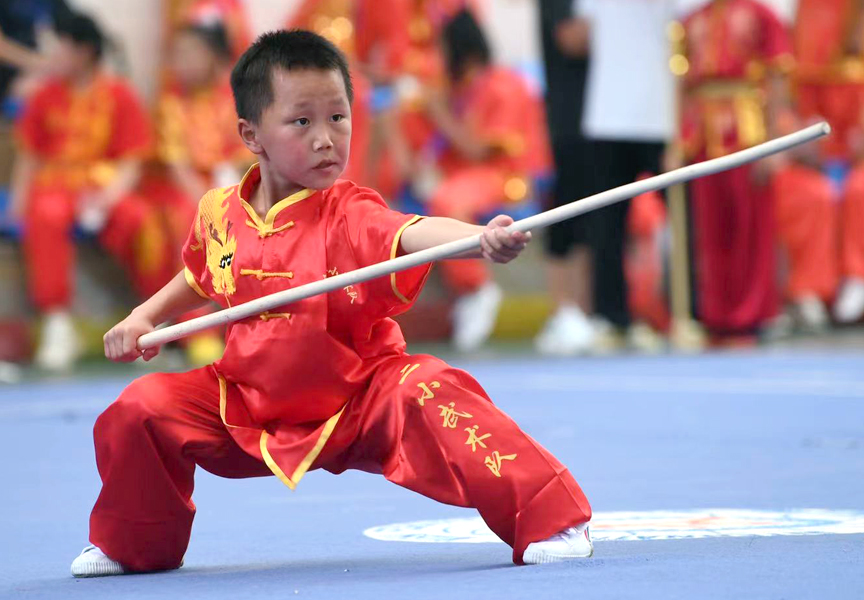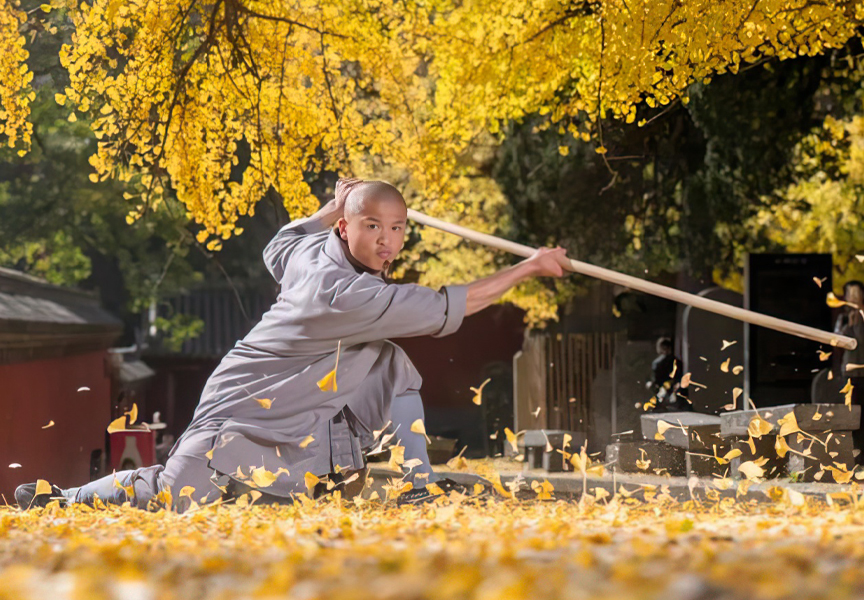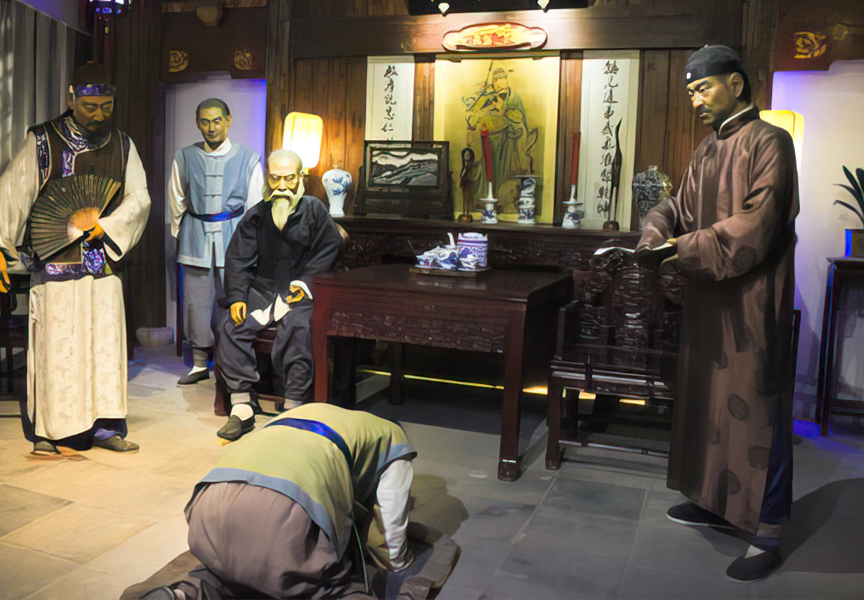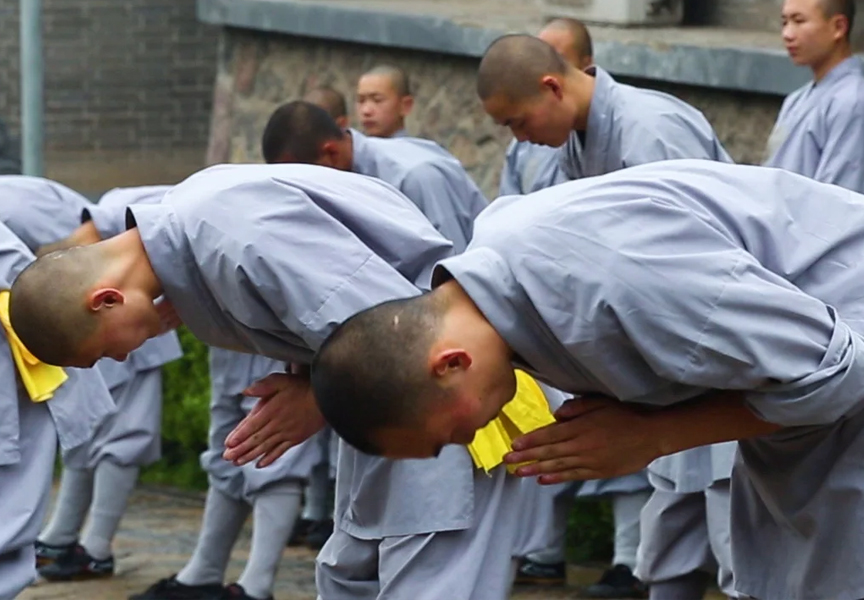Random Free Articles
- Martial Arts Training for Kids

In the realm of extracurricular activities for children, the decision to enroll a child in martial arts training is often met with a range of opinions among parents. Concerns about violence, conflicting desires for athletic prowess versus discipline and values, and uncertainty about the appropriateness of martial arts for kids are common factors influencing parental decisions. This article delves into the considerations surrounding martial…
- Shaolin Kung Fu: A World Heritage Tradition

Nestled within the dense forests of the Song Mountain in Henan Province, China, lies a sanctuary of ancient martial arts wisdom - the Shaolin Temple. For over 1,500 years, Shaolin Kung Fu has been revered as one of the most iconic and influential martial arts disciplines in the world. Its legacy transcends physical combat, embodying a profound philosophy that intertwines mind, body, and spirit. Recognized as a UNESCO World Heritage Site in…
- Apprenticeship Ceremony in Kung Fu

The Sacred Rite of Becoming a Disciple In the rich tapestry of Kung Fu traditions, the Bai Shi ceremony [Chin.: Bàishī yíshì 拜师仪式] holds a place of profound significance. Bai Shi, translated as paying respects to the master, is a sacred ritual that marks the formal initiation of a student into the family or tradition of a Kung Fu master. For martial artists, this ceremony is more than just a symbolic act—it is a pivotal moment in…
- Profound Benefits of Meditation

In an increasingly fast-paced and stressful world, many people are turning to meditation as a means to find solace, peace, and balance in their lives. Meditation is an ancient practice that has stood the test of time, and its popularity in the modern world is a testament to its effectiveness. Beyond its spiritual and philosophical roots, meditation offers a wide array of tangible benefits for the mind, body, and overall well-being. In this…
- The Sacred Duty of Martial Arts Students

Preserving Tradition through Unanalyzed Knowledge Transmission In the realm of traditional martial arts, there exists a sacred bond between teacher and student, one that extends beyond the mere exchange of physical techniques. It encompasses a profound responsibility—one that transcends time and individuality—to preserve and pass on the invaluable wisdom of the art in its purest form. Central to this obligation is the notion that students…
